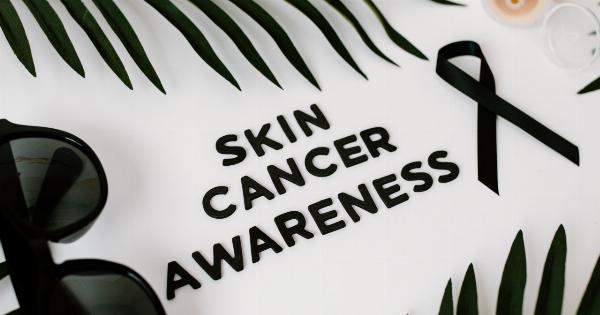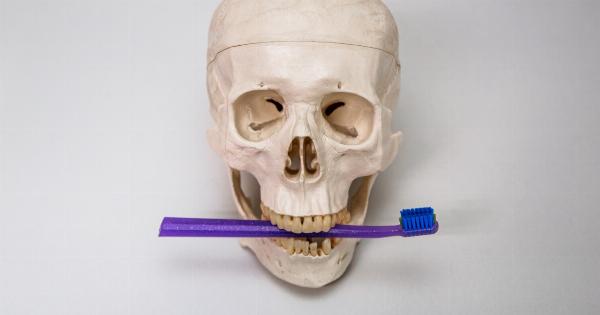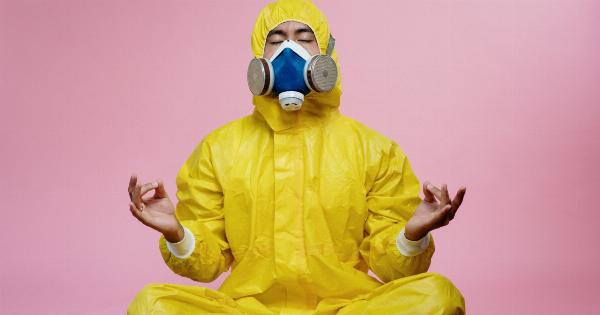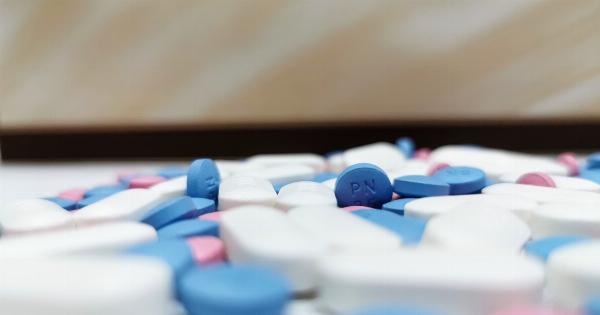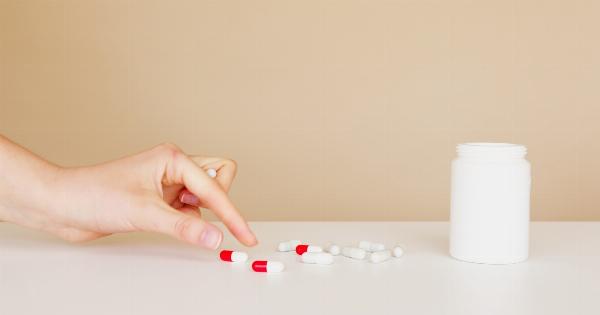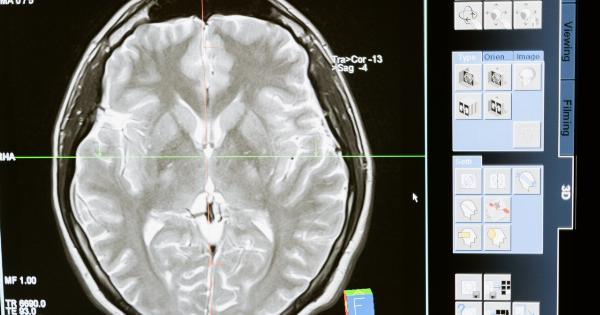As summer approaches, many people look forward to spending more time outdoors, soaking up the sun and enjoying the warm weather.
However, it is important to be aware of the risks associated with exposure to sunlight, particularly when it comes to skin cancer. Melanoma, a type of skin cancer, can be serious and potentially fatal if not detected and treated early.
What is Melanoma?
Melanoma is a type of skin cancer that forms in the cells that produce pigment in the skin. It can occur anywhere on the body, but is most commonly found on areas that are frequently exposed to the sun, such as the face, neck, arms, and legs.
Melanoma can often be recognized by changes in the appearance of a mole or a new growth on the skin.
How is Melanoma Caused?
The primary cause of melanoma is exposure to ultraviolet (UV) radiation from the sun or other sources such as tanning beds.
UV radiation damages the DNA in skin cells, leading to mutations that can cause the cells to grow uncontrollably and become cancerous. Other factors that can increase the risk of melanoma include having fair skin, a history of sunburns, a weakened immune system, and a family history of skin cancer.
How to Reduce the Risk of Melanoma?
Although it is not possible to completely eliminate the risk of melanoma, there are steps that can be taken to reduce the risk of developing the disease:.
1. Limit exposure to sunlight: Avoid spending long periods of time in the sun, especially during peak hours between 10 am and 4 pm when the sun’s rays are the strongest.
Seek shade when possible, and wear protective clothing such as hats and long-sleeved shirts.
2. Use sunscreen: Apply sunscreen with a minimum SPF of 30 to all exposed skin, and reapply every two hours or after swimming or sweating.
Make sure that the sunscreen provides protection against both UVA and UVB rays, as both types of radiation can cause skin damage.
3. Avoid tanning beds: Tanning beds emit UV radiation that can increase the risk of skin cancer, including melanoma. It is best to avoid using tanning beds altogether.
4. Check skin regularly: Take the time to examine your skin regularly, looking for changes in moles or new growths.
If you notice any changes, such as a change in size, shape, color, or texture, or if a mole starts to bleed or itch, contact your dermatologist as soon as possible.
The Importance of Vitamin D
Although too much exposure to sunlight can increase the risk of melanoma, sunlight is also an important source of vitamin D, which is essential for good health.
Vitamin D helps the body absorb calcium, which is important for bone health and may also have protective effects against some types of cancer.
The body produces vitamin D when the skin is exposed to sunlight, but it is also found in foods such as fatty fish, egg yolks, and fortified dairy products.
However, it can be difficult to get enough vitamin D through diet alone, particularly for those who live in areas with little sunlight or have very dark skin.
How Much Sunlight is Needed?
The amount of sunlight needed to produce sufficient vitamin D varies depending on factors such as the time of day, the latitude, and skin color. In general, it is recommended that adults get at least 600-800 IU of vitamin D per day.
This can be achieved through a combination of sunlight, diet, and supplements.
It is important to note that getting enough vitamin D does not require unprotected exposure to sunlight. Even brief periods of sun exposure can provide enough vitamin D, particularly if the skin is not covered by sunscreen or clothing.
Conclusion
Reducing the risk of melanoma is an important priority for anyone who values their health.
By taking simple steps such as limiting exposure to sunlight, using sunscreen, avoiding tanning beds, and checking skin regularly, it is possible to significantly reduce the risk of developing this serious form of skin cancer.
At the same time, it is important to maintain adequate levels of vitamin D to support good health. By balancing safe sun exposure with other sources of vitamin D, it is possible to enjoy the benefits of sunlight while minimizing the risks.




